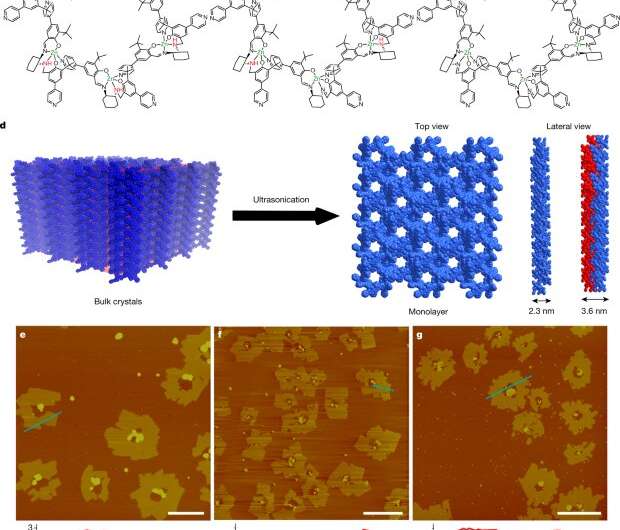Fig. 1: Top-down fabrication of chiral 2D monolayer nanosheets of supramolecular metallacycles. Credit: DOI: 10.1038/s41586-022-04407-8
An international team of researchers has found a way to create 2D nanosheets in which the molecules in the layers are bound only by weak, non-covalent bonds. In their paper published in the journal Nature, the group describes their process and possible uses for it. Claudia Backes with Kassel University has published a News & Views piece in the same journal issue outlining the work.
Over the past several years, researchers have developed a variety of 2D nanomaterials by creating super-thin sheets made of bonded atoms. Such sheets are typically created by peeling them from crystals. This process works because of the strong covalent bonds between the atoms in the sheet and the weak bonds between the layers. It was previously believed that creating similar sheets with weakly bonded atoms was not possible because the sheets would be too weak to hold together. In this new effort, the researchers found that it is possible to create 2D sheets in which the molecules are bound with only weak, non-covalent bonds, while the sheets remain strong enough to hold together. The secret to producing such sheets was in using molecules that allowed for bonding at multiple points.
The work was based on supramolecular coordination complexes, in which networks of bonds can be formed due to ligands (electron donors) and cations (electron acceptors). The researchers chose to create molecules with such attributes that were formed into star shapes. With these molecules, each star was able to form 12-point, dual weak bonds with the stars around them. The large number of bonding sites allowed the molecules to hold together despite the absence of covalent bonds. The star shape also permitted the incorporation of aromatics that also served to bind the molecules.
The reserarchers created the sheets by suspending crystals in a liquid and then subjecting them to ultrasound. The result was a stacked-sheet material, with each sheet made of a layer of connected stars. The bonding between the sheets, as with sheets made with covalent bonds, was weaker than those holding the sheet together, making it possible to peel them apart.
More information: Jinqiao Dong et al, Free-standing homochiral 2D monolayers by exfoliation of molecular crystals, Nature (2022). DOI: 10.1038/s41586-022-04407-8
Claudia Backes, Fragile nanosheets stripped from crystals, Nature (2022). DOI: 10.1038/d41586-022-00466-z
Journal information: Nature
© 2022 Science X Network
























